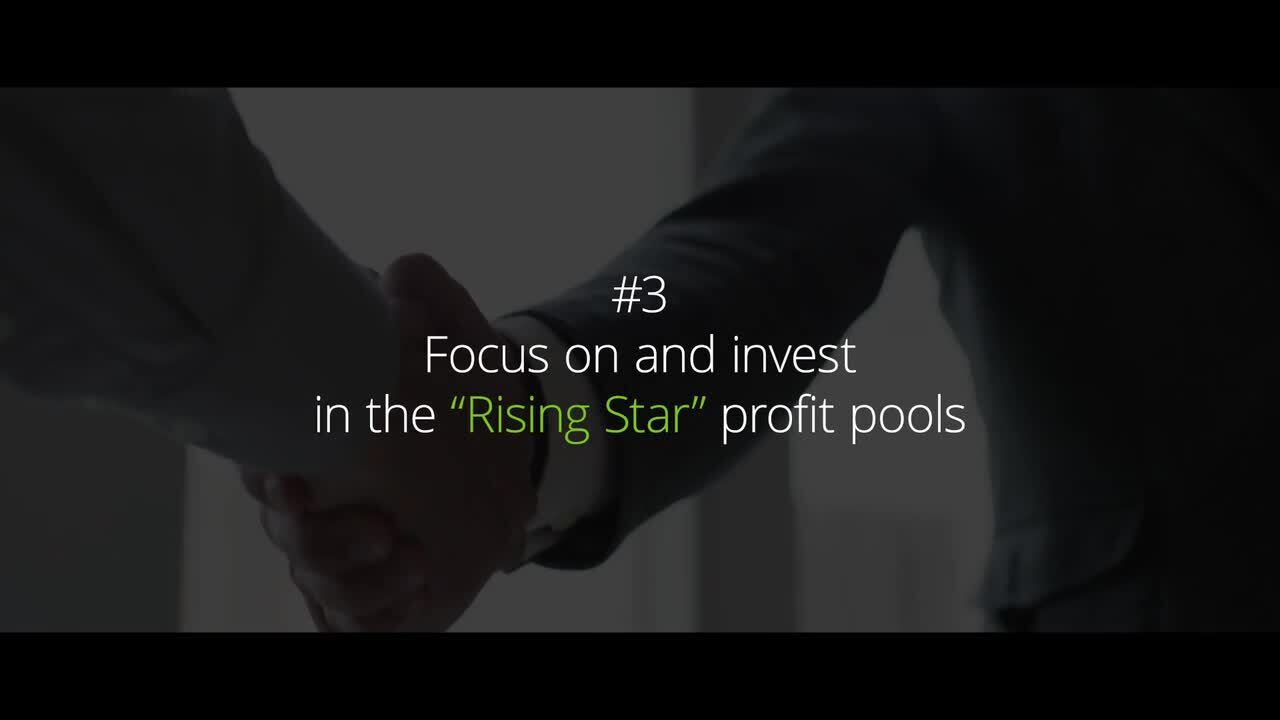The future of automotive mobility to 2035
What might mobility providers' role be in tomorrow's value chain?
The rapid pace of change in the automotive industry and beyond is fuelling the debate on how to identify future value. In order to help industry players understand these looming changes, Deloitte presents the new "Future of automotive mobility study to 2035", which includes quantitative and qualitative data from executive sessions and interviews, an international customer survey and a new profit pool simulation tool. This study focusses on the US and EUROPE5 regions (France, Germany, Italy, Spain, and the United Kingdom) – two of the largest automotive markets in the world – to cut through the fog of rapid change. We examine the mobility value chain and the eleven shifts in profit pools expected in the coming decade.
For automotive mobility providers, the business landscape may seem to be in a state of flux. The report suggests that revolutionary thinking will be required in order to overcome uncertainty and ensure future success. Nevertheless, steady growth is forecast to almost double the size of the US automotive mobility market by 2035—with the European market unlikely to be far behind—suggesting a positive outlook for the evolution of the automotive industry.
Challenges for automotive mobility
Change is coming, whether mobility providers are ready or not. What they do next could determine their success or failure in the years ahead. Rapidly changing consumer preferences, growing inequality, increasing polarisation, urgent climate change, declining trust and a shifting geopolitical order have driven the automotive industry's conversations about the evolving mobility ecosystem, particularly its focus on technology.
However, as the future comes into focus, mobility providers should focus on value. Indeed, the automotive mobility value chain is becoming increasingly important to providers—from captive and non-captive leasing companies to rental companies and fleet management companies—and the industry is constantly adapting to the disruptions that may become even more pronounced in the future.
In the face of generational transformation, automotive leaders in both markets may consider identifying and embracing fundamental changes to address new and shifting business challenges. Such strategic imperatives could drive industry players to develop a sustainability mindset and new skill sets, as well as technologies focused on a digital-first, customer-centric approach to business operations, which in turn can help create new data-driven revenue streams.

Six key findings of the study:
Mobility providers may need to differentiate their short- and long-term growth strategies. In doing so, they should identify their most promising profit pools that align with their strategic focus. Choosing the right areas in which to engage could help determine their future success and the role they might play in the future automotive mobility sector. Mobility providers should consider focussing on six key takeaways from our study:
- Position your company in the automotive mobility value chain today to help secure your future as an automotive mobility leader in 2035.
- Master your asset management across the value chain and multiple vehicle lifecycles.
- Focus on and invest in growth-oriented profit pools.
- Develop and use mobility platforms and mobility budget offerings to sell your own and partner products.
- Pursue decarbonisation to meet the 1.5 degrees Celsius climate target.
- Keep an eye on the medium- and long-term development of autonomous vehicles and fleets.
For more information, download the full report here, or connect with us to discuss implications for your strategy.
Authors
Sebastian Pfeifle
Partner
Global Automotive Mobility Lead Consulting
spfeifle@deloitte.de
Jeff Paul
Managing Director
US Auto Captive Finance Leader
Deloitte Services LP
jeffpaul@deloitte.com




